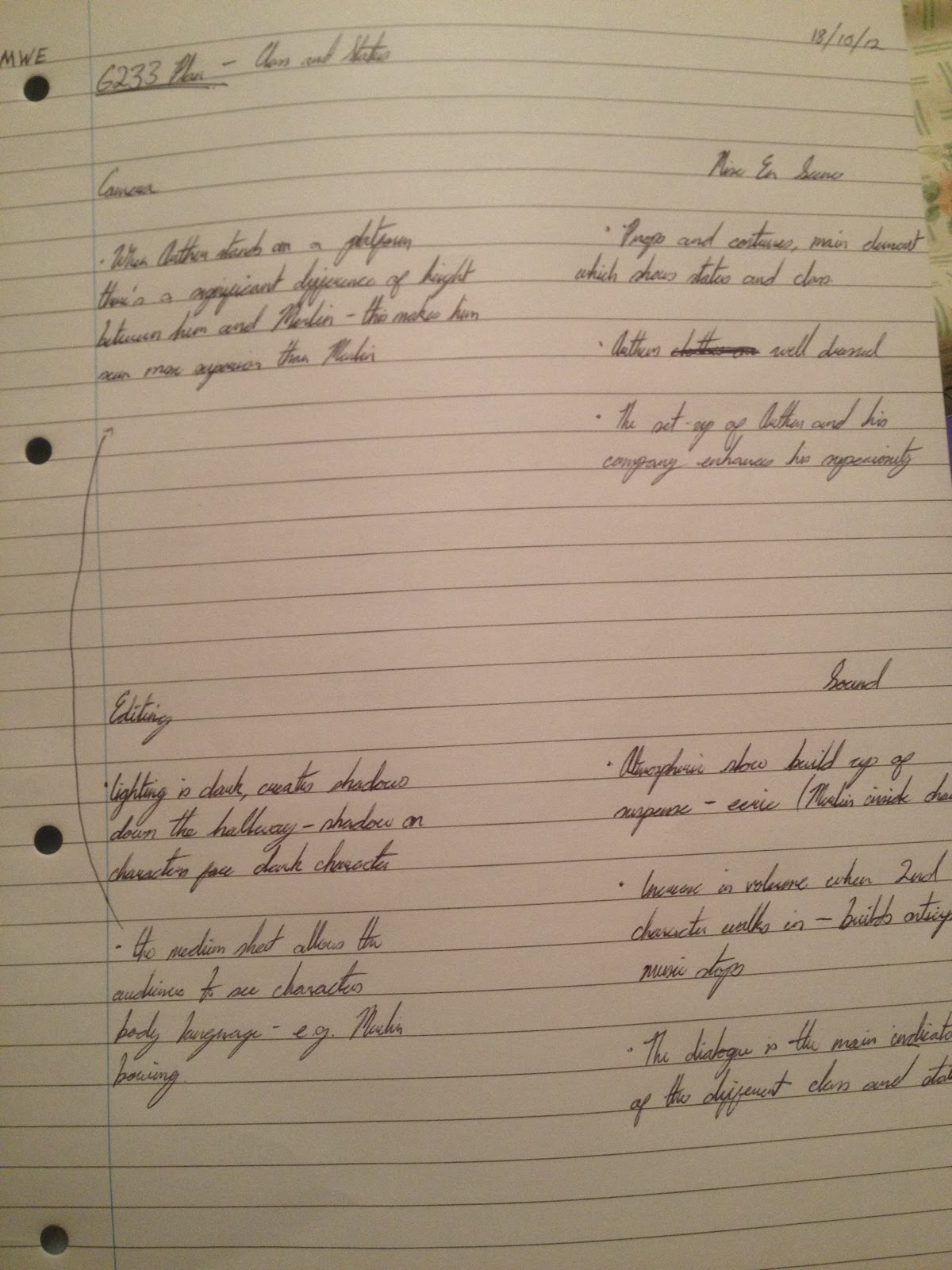9 Frames
Term break homework
AB
The genre of film I've chosen is Action and so this is what I've based my makeshift title sequence on. Ideally if I was to make my own one I would use similar shots, for example: on the first image it shows a long shot of an important figure which indicates that he is a significant part of the movie. The second snapshot shows another character taken with medium shot, which is the protagonist. As the we follow the image we see that the image has a gun cursor which implies that someone is trying to kill the present person. Medium shot and close ups are used when introducing characters and misc en scene which help determine whether they're a hero or not. Extreme long shots are used to show the setting of the scenario.
Fonts which would be used in the title sequence will have to appropriate to the genre of the film.





.jpg)

.jpg)
.jpg)








